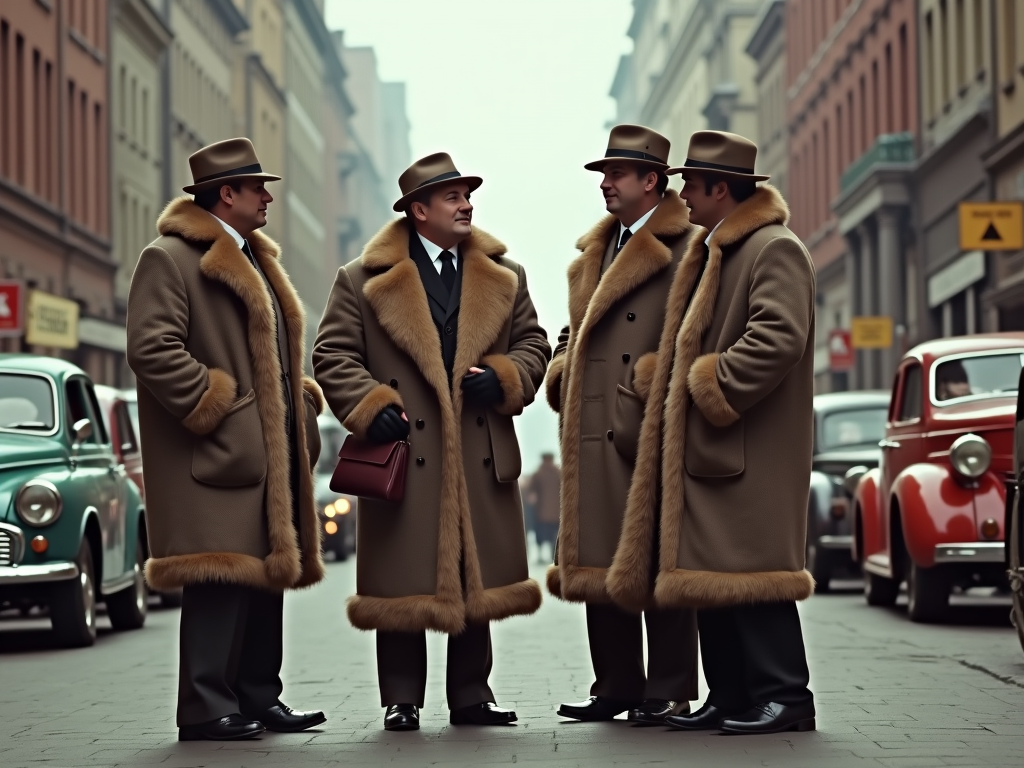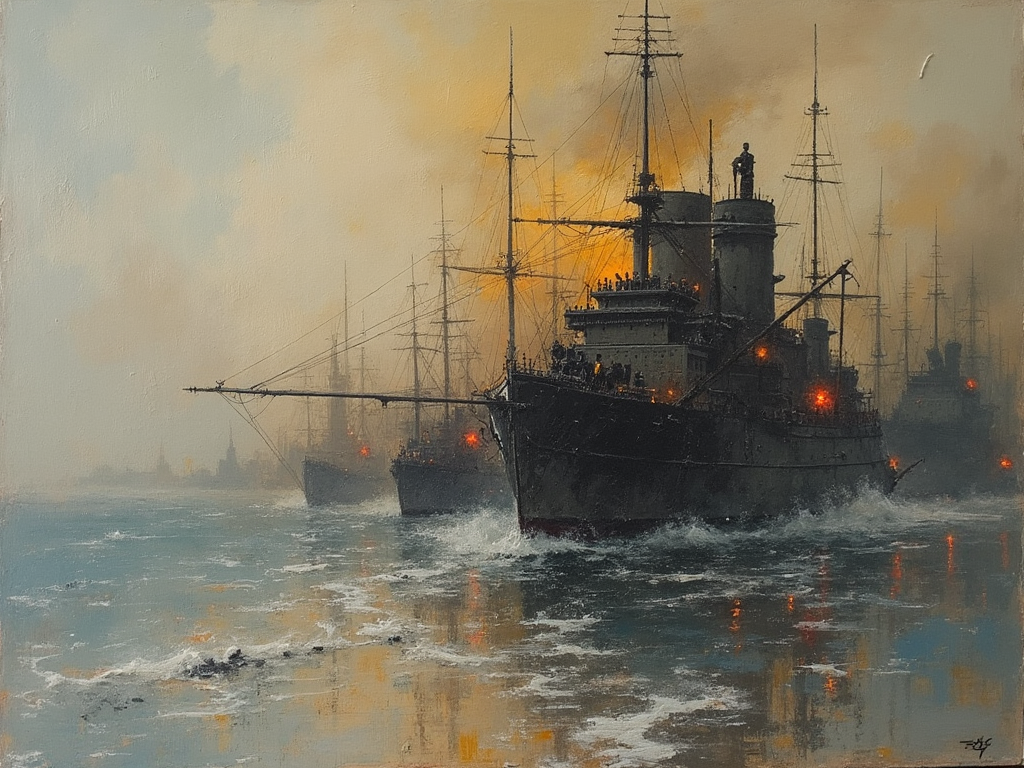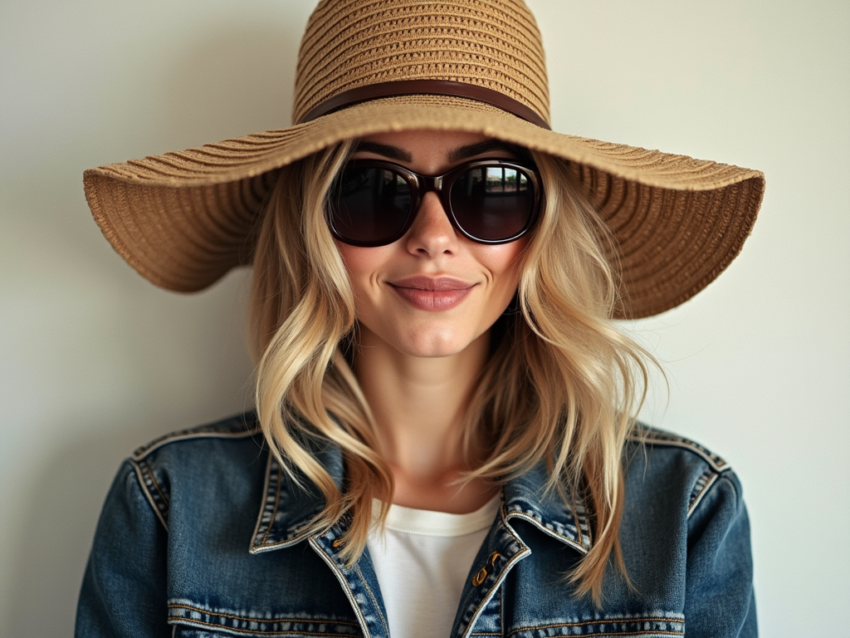The 1920s was a decade of transformation and dramatic change in men’s fashion. As the world stepped out of the shadows of World War I, men’s clothing evolved from the conservative styles of the Edwardian era to the more expressive and less formal styles that have come to define the Roaring Twenties. This article delves into the iconic elements of 1920s men’s fashion and explores how these trends influenced fashion in subsequent decades.
The Influence of the Jazz Age

The 1920s, often referred to as the Jazz Age, was a period that celebrated freedom with a shift towards more relaxed and comfortable clothing. Jazz music’s rise significantly impacted cultural norms, including fashion. Men favored suits that allowed movement, reflecting a lifestyle that was increasingly centered around nightlife and dancing. This period also marked the beginning of a decline in formality, encouraging styles that were indicative of societal changes.
The driving forces behind this relaxed fashion included societal changes post-World War I and a growing middle class that allowed greater access to stylish garments. The era’s embrace of exuberance and youth led to innovations such as baggy Oxford bags and the raccoon fur coat, which became iconic garments symbolizing a lifestyle of affluence and distinction.
Key Elements of 1920s Men’s Fashion

Key elements of 1920s men’s fashion included the suit, often seen as the embodiment of a man’s status and personality. Suits in the 1920s were typically loose-fitting with high-waisted pants and jackets that had broader shoulders. Overcoats, often in luxurious fabrics, added to the sophisticated look. Bow ties and neckties were essential accessories, providing a splash of color or pattern that contrasted with the muted shades of the suits.
A particularly distinctive style was the gangster look, characterized by double-breasted suits, pinstripes, and fedoras, drawing inspiration from popular figures like Al Capone. The flapper influence cannot be ignored either, as it pushed men towards more color-inclusive and pattern-rich attire. The oxford bags, wide-legged trousers with cuffs, became a popular option for casual wear.
The importance of footwear and accessories cannot be overstated in 1920s men’s fashion. Two-toned shoes, also known as spectator shoes, became a fashionable choice. These shoes often paired two contrasting colors and were worn with both casual and more formal attire. Accessories completed the ensemble: men often wore pocket watches, cufflinks, and pocket squares, each item reflecting personal taste and social standing.
Hats were an integral part of men’s fashion, with the fedora and homburg being particularly popular among the fashionable crowd. The bowler hat, though more conservative, remained in use among businessmen and the upper classes. A numbered list of popular 1920s men’s accessories includes:
- Fedora Hat
- Pocket Watch
- Cufflinks
- Spectator Shoes
- Pocket Squares
The Role of Films and Media
The 1920s was also the golden age of cinema, and films played a significant role in shaping men’s fashion. Movie stars like Rudolph Valentino and Douglas Fairbanks became style icons, setting trends for suits and casual wear alike. The depiction of wealth and glamour in films spurred consumer interest in emulating these styles. Cinemas served as platforms for disseminating fashion trends to a wider audience, influencing everyday fashion choices across different classes.
Media outlets, like magazines and newspapers, actively promoted new styles and trends, often highlighting the wardrobes of film stars and upper class public figures. This dissemination of fashion ideas sparked aspirations among the general populace to emulate the affluent style portrayed in these mediums, thus broadening the general acceptance of modern fashion choices.
The Lasting Impact of 1920s Men’s Fashion
Although the 1920s ended nearly a century ago, its fashion trends have had a lasting impact on modern style. Many contemporary fashion designers draw inspiration from the vibrant and carefree styles of this era, incorporating elements such as pinstripes, wide-legged trousers, and vintage accessories into modern collections. The decade also established style fundamentals that laid the groundwork for future men’s fashion, promoting diversity and creativity.
Moreover, the relaxed attitudes towards clothing that began in the 1920s paved the way for further casualization of men’s fashion in the subsequent decades. The era’s emphasis on personal expression through fashion still resonates today, as individuality continues to be a significant aspect of fashion identity. The cultural shift during the 1920s toward modernity and innovation continues to inspire designers and fashion enthusiasts alike.
Conclusion
The 1920s was more than just a decade of change; it was a redefinition of men’s fashion that still influences style today. From sartorial elegance embodied in the suits and accessories of the time to the colorful expressions introduced by the jazz culture, each element of 1920s men’s fashion tells a story of transformation and expression. By examining and decoding this era, we gain valuable insight into the evolution of style and its ongoing impact on modern fashion sensibilities.
Frequently Asked Questions
What is the most iconic element of 1920s men’s fashion?
One of the most iconic elements of 1920s men’s fashion is the double-breasted suit, often paired with a fedora hat and spectator shoes. This combination represented elegance and sophistication typical of the time.
Why were wide-leg pants popular in the 1920s?
Wide-leg pants, known as Oxford bags, became popular for their casualness and comfort. They mirrored the more relaxed lifestyle of the 1920s, influenced by the dance-centric nightlife and the shift towards less formal clothing.
How did films influence 1920s men’s fashion?
Films played a pivotal role in popularizing styles seen on screen. Movie stars became fashion icons, and their clothing choices were emulated by the public, thus spreading popular fashion trends beyond urban centers.
What role did society’s transformation play in 1920s fashion?
After World War I, society moved towards modernization and embraced cultural changes that advocated for more personal expression. This shift influenced fashion as people sought clothing that mirrored new freedoms in their lifestyles.
Are any 1920s fashion trends still relevant today?
Yes, many trends such as the fedora, pinstriped suits, and vintage accessories still influence modern fashion. Designers often revisit 1920s styles, drawing inspiration for new collections that celebrate timeless elegance and style.
